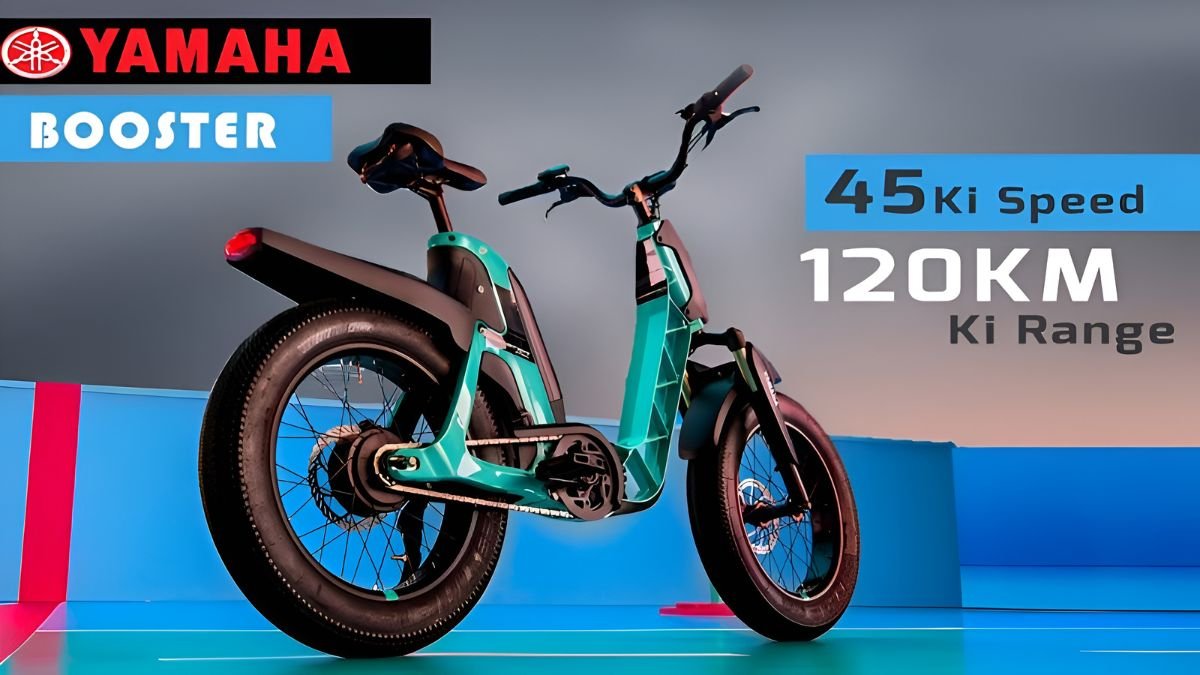Chandrayaan-2 Orbiter Observes, for the First Time, the Impact of a Solar CME on the Moon
The Chandrayaan-2 orbiter has, on the Indian second lunar mission Chandrayaan-2, made an unprecedented observation. For the very first time, it recorded the impact of a solar coronal mass ejection (CME) on the Moon’s exosphere. Such CME is a huge cloud of plasma and charged particles ejected from the Sun. This observation was made feasible by the CHACE-2 (Chandra’s Atmospheric Composition Explorer-2) payload on the orbiter, which made direct measurements of the changes in the lunar atmosphere during the active phase of CME.
What Was Observed – Increased Pressure in the Daytime Lunar Exosphere
According to ISRO, the total pressure exerted by the CME on the Moon increased the pressure in the exosphere on the dayside. The measurements indicated that the total number density, the number of neutral atoms/molecules per unit volume, increased by more than an order of magnitude.
This increase conforms to existing theoretical models but has for the first time been directly observed using CHACE-2. In simple terms, particles from the Sun knocked off atoms from the lunar surface in greater numbers, and these in turn reached the exosphere, increasing pressure.
How This Opportunity Happened – An Event of ‘Space Weather’ on 10th May 2024
It was a very rare opportunity on May 10, 2024, when the Sun erupted in a series of CME events. The extra solar material released by this unusual activity reached the Moon directly, thereby affecting its sunlit side.
The particle flux was much higher than on normal days, meaning that atoms from the Moon’s surface could be ejected into the exosphere in greater numbers, and thus a substantial increase in total pressure and particle density was observed, which is what CHACE-2 captured with its high sensitivity.
What is CHACE-2 – An Instrument That Measures the “Chemical Pulse” of the Exosphere?
CHACE-2 is a payload onboard the orbiter that measures the composition, density, and pressure of the lunar exosphere. It is designed to detect subtle changes in this very thin atmosphere.
During extreme solar events, such as CMEs, the instrument records signals in a space-time manner as it passes over the Moon, which allows for the measurement of the density of CMEs and pressure changes in specific regions.
The Science of the Process – Particles from the Sun, Atoms Ejected from the Surface
High-energy charged particles reach the Moon during a CME. The Moon does not possess a dense atmosphere or a global magnetic shield like Earth, so these particles collide directly onto the surface. After the collision, sputtering/desorption occurs of the surface atoms, whereby they are ejected into the exosphere.
The greater the intensity of the solar event, the greater the release rates, and so the higher the temporary increase in exosphere pressure. This increase was measured by CHACE-2.
Importance of the Discovery – New Insights into Lunar Space Weather
This observation offers an entirely fresh basis governing our understanding of lunar space weather, or the effects of solar activity on the lunar atmosphere.
Thus, researchers can now model the graying exosphere, with data-supported forecasts of when, where, and for how long pressure/density increases will occur. All this is of great importance scientifically, as well as with regard to planning for future missions and human settlements.
The Challenge – Lunar Bases Must Factor in ‘Extreme Events’
According to ISRO, such extreme solar events would temporarily change the lunar environment.
In the future, when scientists are planning lunar bases or research stations, they will have to take into account the risks posed by CME-triggered exospheric changes, possible dust dynamics, and charging/erosion of equipment in their design and operations.
Structural materials, shielding, communication systems, and EVA (spacewalk/outdoor work) safety protocols — all will have to be compliant with space weather conditions.
Context of the Mission – Chandrayaan-2’s Orbiter and Other Components
Chandrayaan-2, which was launched in 2019, consisted of an orbiter, a lander (Vikram), and a rover (Pragyan). The orbiter carried seven payloads, among them CHACE-2.
Although communication between the lander and the ground station was lost during Vikram’s soft-landing attempt, the orbiter continues with its scientific work and makes historic discoveries that will greatly enhance our understanding of Moon chemical and physical dynamics.
Conclusion – Data Proven, Beyond Models
The several-fold increase in exosphere pressure/density recorded by CHACE-2 is direct evidence that solar events like CMEs do significantly alter the lunar environment in the short run.
This finding conforms to earlier theoretical predictions, and as such deserves to be considered in its historic significance: it has become possible for the very first time to make direct measurements.
Similar observations made in a timely manner in the future will establish the scientific groundwork for lunar science, prediction of space weather, and the design of lunar bases.









